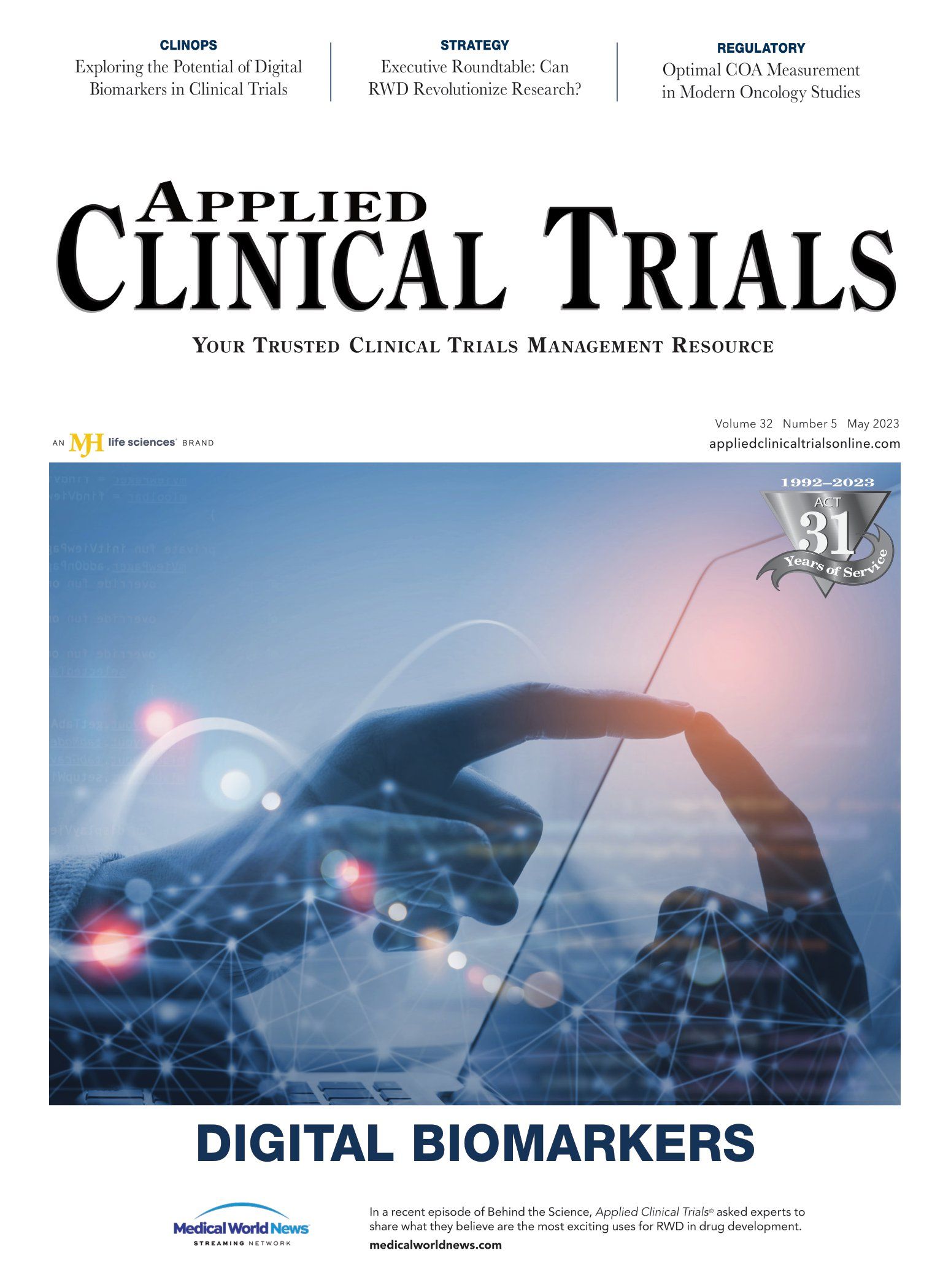Modern Technology is Shaping the Face of COA
Even with exciting advancements, stakeholders must remain diligent in choosing data platforms.

Clinical outcomes assessments—often referred to as COAs or eCOAs to describe their electronic presentation—offer an additional view of a patient’s current health or change in health over time. The four categories of COAs frequently used in trials today are patient-reported outcomes (PROs), clinician-reported outcomes (ClinROs), observer-reported outcomes (ObsROs), and performance outcomes (PerfOs). Data generated from each type of eCOA allows for a complete understanding of the safety and efficacy of an investigational product in clinical development and postmarketing studies.
The following technology trends allow COAs a more streamlined data-collection process through digitizing their presentation and availability on tablets, smartphones, or other handheld devices, providing many benefits to clinical development without risking data integrity issues presented by differences in modality.
Mobile devices can be expensive for sponsors to provision a device for trial participants. However, with the massive adoption of smartphones globally, study subjects can utilize their own devices through bring your own device (BYOD). Instead of being responsible for charging and carrying an additional device to upload their PRO responses, the patient enters their data into an app on a device they are already accustomed to using. While some risks are still associated with this process, such as the patient turning off eCOA notifications or updating their device operating system, BYOD has potential to significantly reduce eCOA spend on hardware and increase overall compliance.
Multimedia COAs, using audio and video data sources, promise to increase overall objectivity and data integrity. Being able to analyze patient speech or behavioral patterns captured in audio and video files allows researchers to document disease progression or improvement more accurately than possibly using eCOA scale data alone. Multimedia eCOA data is held to the same, if not more stringent, data integrity standards than typical clinical trial sources, as these eCOAs pose a more significant risk of revealing patient-identifying information. Audio and video files must undergo data-obscuring processes, such as encryption, to ensure subject anonymity—a step that must be accounted for when study timelines are projected.
Wearables and sensors can be used gather a more objective understanding of an investigational product’s effect on patient health by collecting real-time health data through devices such as digital watches. This might include information on a patient’s sleep patterns, heart rate, and blood sugar levels. Wearable devices can also offer insight into a patient’s ability to complete a specific task, the performance of which may be hindered by their diagnosis. Much like implementing multimedia eCOAs, however, special considerations must be made to assess whether wearable technology used in a clinical trial is fit for purpose and meets regulatory and validation requirements.
Sponsors must consider whether the target patient population could efficiently operate the device and readily implement it into their lives for the duration of their time in the trial. There must also be an explicit agreement between sponsors and device vendors detailing the ownership and use of the patient data gathered.
Patient adherence technology can allow timely nudges and notifications to remind patients to complete their daily diaries, which can also personalize their trial experience. To capture patients’ attention while guiding them to complete study procedures, ePROs can use gamification to turn the trial process into a “game” where participants must complete specific tasks or assess their current health to earn points. Gamification can also include “competing” anonymously with other subjects moving up the ranks by remaining compliant with their study activities.
AI and machine learning algorithms are being developed to analyze eCOA/ePRO data and identify trends, patterns, and outliers, which can provide valuable insights into treatment efficacy, patient behavior, and disease progression.
As a result of technological advancements, patient data acquisition has evolved, moving to encompass more data sources than ever before. However, these tools must be carefully considered as fit for purpose before implementation. Also, patient privacy and less burden must remain a top priority across the pharmaceutical industry.
